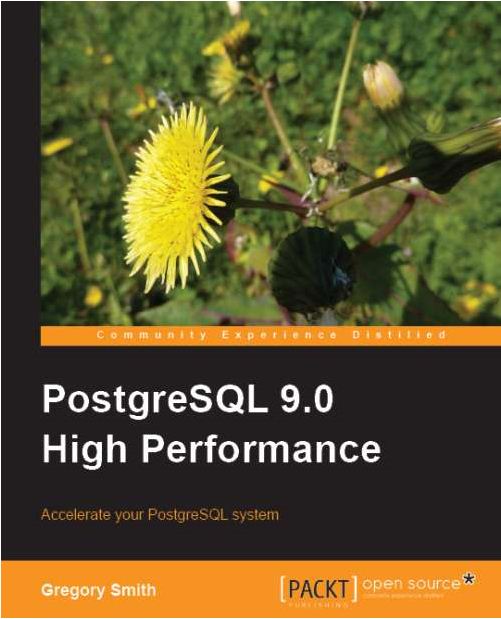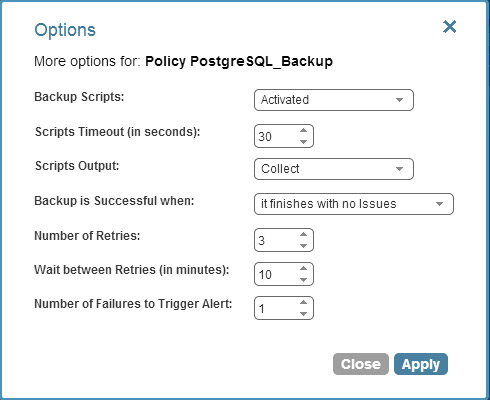
They can help you troubleshoot the issue and provide additional guidance. If none of these solutions work, you can try reaching out to Azure Synapse Pipelines support for further assistance. You can specify the major version (such as PostgreSQL 14), and any available minor version for the specified major version. You can specify any currently available PostgreSQL version when creating a new DB instance. If there is a mismatch, it could cause the Lookup activity to fail.Ĭheck the version compatibility: Ensure that the version of PostgresSQL supported in Azure Synapse Pipelines is compatible with the version of PostgresSQL in RDS. Amazon RDS supports DB instances running several editions of PostgreSQL. You must always launch a database in a VPC. PostGIS allows you to store, query and analyze geospatial data within a PostgreSQL database. Latest version Released: Project description Amazon Relational Database Service Construct Library - import awscdk.awsrds as rds Starting a clustered database To set up a clustered database (like Aurora), define a DatabaseCluster.
#AWS POSTGRESQL VERSION INSTALL#
This new version of PostGIS is available on PostgreSQL versions 13.4, 12.8, 11.13, 10.18, and higher. You can also use amazon-linux-extras command to install new major versions of postgresql, for example: sudo amazon-linux-extras install postgresql13 psql -version psql (PostgreSQL) 13. This release contains several fixes and improvements for PostgreSQL announced in the PostgreSQL 14.5 release. Originally Answered: Why are there more hosted MySQL services (Amazon RDS, Xeround, Google CloudSQL) than PostGre (except Heroku). You can also try hardcoding the values in the query to see if that resolves the issue.Ĭheck the data types in the Postgres procedure: Make sure that the data types of the parameters in the Postgres procedure match the data types of the parameters in the pipeline. Amazon Aurora PostgreSQL-Compatible Edition now supports PostGIS major version 3.1. PostgreSQL version 14.5 is now available on Amazon RDS. You can also try removing the columns property from the Lookup activity configuration to see if that resolves the issue.Ĭheck the pipeline variable and parameters: Make sure that the pipeline variable and parameters you are using in the dynamic query are set correctly and have the correct data type. Here are a few things you can try to resolve the issue:Ĭheck the Lookup activity configuration: Make sure that the columns property is set correctly and that it is not null. The error message states that the value of the columns property is invalid, and that it cannot be null. I hope if some of you who have already implemented QlikSense on AWS can help with their experience.Based on the error message you provided, it seems like the issue is with the columns parameter in the Lookup activity configuration. By ensuring that your AWS RDS PostgreSQL.

Repo DB has to be available for Failover to happen on another Failover candidate server. However, certain versions of the logfdw extension may contain vulnerabilities that can be exploited by attackers. Use the Database version field to specify the PostgreSQL version to deploy.


I have kafka connect up and running with debezium connector installed and. To deploy a PostgreSQL server on the Amazon AWS cloud, follow the below steps. For Edition choose Amazon Aurora PostgreSQL -Compatible Edition. For the Engine choose the Amazon Aurora engine. We have been evaluating option to use AWS RDS PostgreSQL (Currently 9.6) as dedicated database for Qlik Sense.Īs of now our architecture is already on AWS EC2 instances, however postgreSQL is installed with Central Node itself, So Our Central node is becoming a Single Point of Failure which we want to avoid as we move for Highly Available Environment for Qlik Sense.Įven though Qlik provides Failover for Central nodes, there is dependency on Repo DB i.e. I am having issues installing debezium connector to connect to AWS RDS psql. Aurora PostgreSQL DB Cluster with version 10.21 On the left navigation section under the Amazon RDS Click the Databases section followed by Create database.


 0 kommentar(er)
0 kommentar(er)
